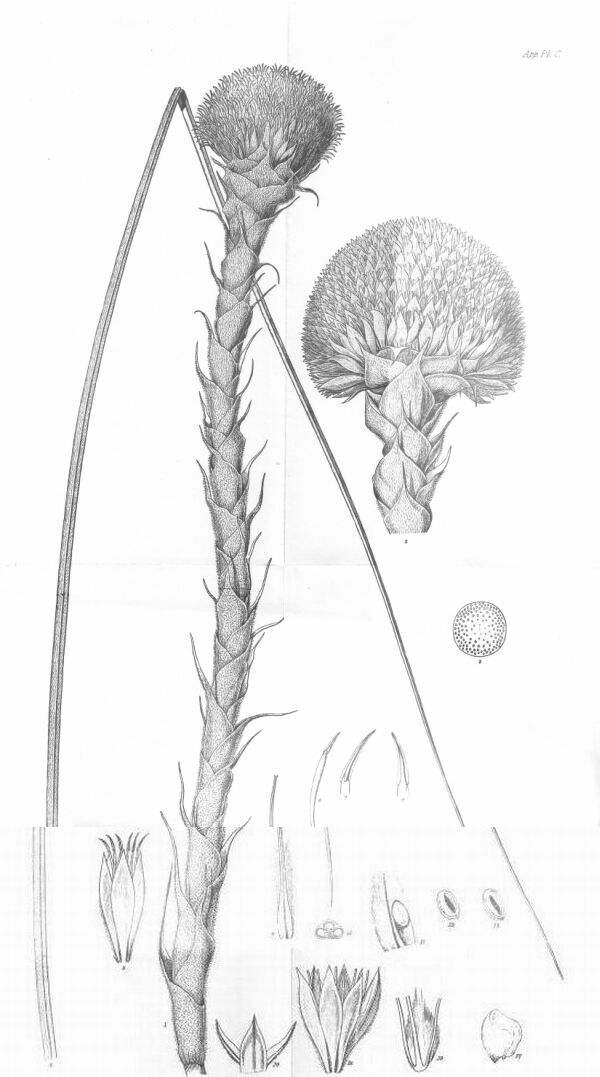 |
| Feeding 2006, Northcliffe |
In creating his work he considers the history of the place, the geology or physical shape, a space for imagination, and the people living in the place. What excited me most about his work was his engagement with communities as part of his work. He always meets with the local people before starting to work, even though everything might be teed up with landowners beforehand, to get the O.K.
In 1990, the forest in Val-sans-Retour in Brittany, burned for five days. It was the legendary home of Morgan le Fey, King Arthur's half sister. Davin created the work in tribute to the world wide response to save the forest, and in response to the Arthurian legends associated with the place. All the work was done with no money changing hands and the villagers looked after him while he was working on site. Davin took one of the burned chestnut trees, cleaned, prepared and gilded it with the help of an army of volunteer gilders, then returned and mounted it in the forest with the other blackened stumps. The work is a symbol of the immortality of dreams of people of goodwill. The branches are symbolic of the antlers of stags that led the knights through the enchanted forests.
 |
| The Gold of Broceliande, 1991, Valley of no Return, Brittany |
An example he gave - the people of a village were invited to invent a legend about 'what happened when the sky fell down? - and the people made up stories and the artwork came out of that.
Another exciting project - a group of artists were individually hosted in a village for 15 days - and they made work in the village based on their experiences there - what they saw, heard, personal stories, history, legends, whatever - it sounds like a fantastic idea - and the village hosts saw artists and lived with 'art in action'.
Something similar - Artists on Wheels - a play on Meals on Wheels, but an artist lived with the elderly for a short period - got to know them and then they did something together - based on something important to or about the older person. So it nourished the artist, their host and the community.
So the art making was collaborative, shared, a dialogue, for pleasure, and the act of art was not so much about the creation of an object, but a gift for others. I was thoroughly inspired by his talk and really want to get back into creativity - as soon as my study is finished ...
 |
| Francois being introduced by Vivienne, Denmark Arts |
Here is a link to Artists in Nature International Network.










